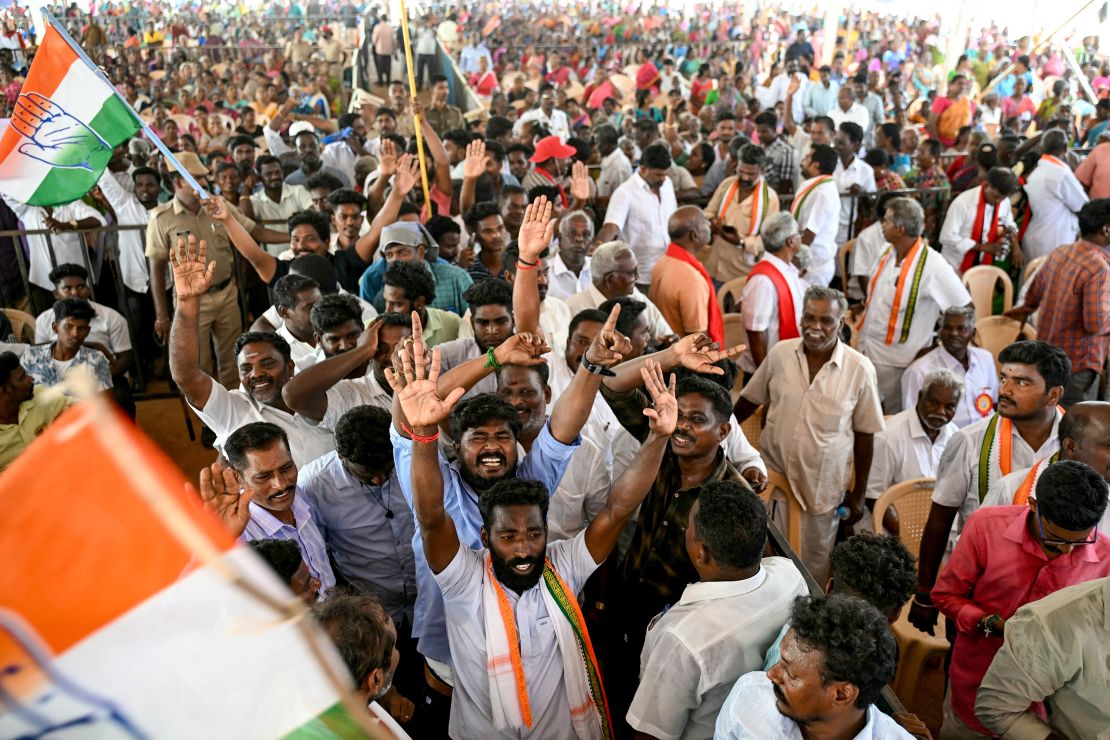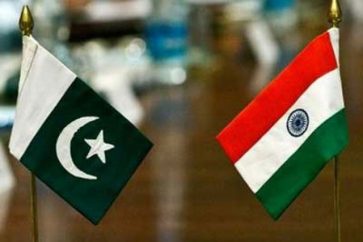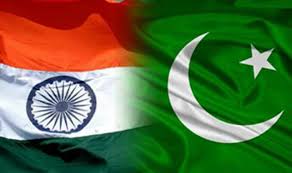While the battle of ballots was being waged in India, foreign warriors had manned fronts to influence public opinion and thus the final outcome of the greatest democratic exercise in the world. Organizations, based in US and European capitals, had fielded players to partake in the elections as intellectuals and social media peddlers to mould the narrative so that gullible public might succumb to their agenda.
These exotic players include individuals like writers, columnists, institutions, think tanks and academic spaces.
The plunge of foreign hands into the Indian electoral arena stems from understandable vested interests. India in recent years has emerged as a decisive and self-assured global power. It is leading groupings like BRICS. It is a key cog of QUAD bloc. It presided over G-20 last year and is a voice of the Global South. Its economy is at a high perch and will climb to the third place in the world.
Most importantly, true to its foreign policy mantra of being vishwamitra (a friend to the world), India has struck a balance with big powers despite them being at the clashing ends of most intricate conflicts of our time.
Thus, the elections have been an opportune time for envious powers to make India go off the track. Germination of confusion and haze around policies adopted by India or to be adopted in future was the best way to shake the election debates.
Not only independent organizations, but foreign governments have also tried to poke their nose into internal affairs of India during the course of elections. The most fervent example of this was when the US State Department issued a strong statement after the arrest of Delhi chief minister Arvind Kejriwal in March 2024.
The tenor of the statement appeared to admonish the Indian government and dictate how India’s elections were to be held. New Delhi was quick to react by summoning a senior American diplomat and directing the American establishment to refrain from commenting on Indian democracy. Foreign Affairs Minister S Jaishankar termed such statements unfortunate and called on the western nations to exercise restraint when commenting on their allies.
Such attitudes reveal a deep bias within Washington’s policy circles and these biases remain unchanged for decades. While bilateral relations remain firm, the US has repeatedly questioned India’s democratic record under Prime Minister Modi’s leadership.
Besides, the United States Commission on International Religious Freedom keeps issuing alarming statements on the state of religious freedoms in India with an agenda to influence the domestic political trends. One such report was made public a few weeks before the elections.
Henry Luce Foundation of US
On top of the foreign organization that sought a favorable outcome of Indian elections is The Henry Luce Foundation. It is closely linked to people in the US governance and think tanks like the Asia Foundation (TAF), the Council on Foreign Relations (CFR), and the Center for Strategic and International Studies (CSIS), all of which have documented links to the CIA.
The Asia Foundation was directly founded by the CIA in 1954 to promote US interests in Asia through educational and cultural activities, originally operating as the Committee for Free Asia. CFR, despite claiming independence, has historically been rumored to have CIA ties and has been a platform for several CIA directors to discuss US intelligence strategies. CSIS, similarly, has had a long association with the CIA, facilitated by its origins within Georgetown University. It showcases intertwined relationships between the foundation’s philanthropic activities and US strategic interests, highlighting the complex interplay of intelligence, influence, and philanthropy in American foreign policy.
The HLF has funded a number of individuals and outfits to conduct online/physical events and build micro-narratives woven around Indian elections, largely through social media posts and blogs.
Besides, the foundation funded a study on “The Hindu Right and India’s religious Diplomacy” conducted by the Berkley Religious Centre of Georgetown University. The report concluded that India is deploying religious moorings, Hindu in nature, to flex its soft-power diplomacy. Reports like this are the basis of findings and rankings promulgated by the US Commission on Religious Freedom which shows India in the alarming zone.
These reports are also cited in opinion pieces written by columnists linked to the foundation and others in mainstream western media outlets. It constructs India’s image as that of “anti-minority” and biased against non-Hindu people.
Another major think tank that the HLF is pushing with fiscal backing is the Carnegie Endowment for International Peace. It is on its roll or commissioned writers producing research works that help build a particular perception about India. Its projects on India through the prism of “citizenship rights, minority protections and rise of rightwing extremism” have been authored by figures like Milan Vaishnav, Madhav Khosla, Niraja Gopal Jayal, and Pratap Bhanu Mehta. All these writers are known for their stern anti-government views. Some of them were active even on YouTube and other media platforms during the elections.
French Interference
Christophe Jaffrelot is a renowned author on South Asian Affairs. His work on subalterns, Gujarat, Ambedkar and regular commentary on various aspects of Indian politics is read widely. His protégée Gilles Verniers has expanded his work. In recent months, Jaffrelot has written mostly dissecting various aspects of caste-related angels of Indian society and politics. His pieces are no doubt based on sound research, but the timing of their publication and Jaffrelot’s tenacity to use the turn of phrase make them tilted against the present dispensation in New Delhi.
Some of Jaffrelot’s pieces appeared in Le Monde, France’s foremost publication.
According to disnfolab, while analysing the global reports on Indian elections, an unusual pattern of media coverage trying to shape a particular narrative and influence voter mindset was observed.
“The most striking pattern was that these Op-Eds/ articles and papers were either written or were based on interviews/ statements from one particular French political scientist and researcher Christophe Jaffrelot, who became the anchor to this research. While analyzing the buzz around Indian elections, it was also observed that Jaffrelot had also been the key source of most of these articles from other Western media and a segment of Indian media platforms especially targeting the Indian elections,” said disinfolab in one of its investigative report unearthing foreign interference in Indian elections.
Open AI Disclosure
OpenAI, the creators of ChatGPT, said in a statement on June 1 that it acted within 24 hours to disrupt deceptive uses of AI in covert operations focused on the Indian elections, leading to no significant audience increase. In a report on its website, OpenAI said STOIC, a political campaign management firm in Israel, generated some content on Indian elections alongside the Gaza conflict.
“In May, the network began generating comments that focused on India, criticized the ruling BJP party and praised the opposition Congress party,” it said. “In May, we disrupted some activity focused on the Indian elections less than 24 hours after it began.” OpenAI said it banned a cluster of accounts operated from Israel that were being used to generate and edit content for an influence operation that spanned X, Facebook, Instagram, websites, and YouTube.
Fears about misinformation and disinformation tainting the democratic process are especially significant in India, where social media and internet usage are widespread. The country has more than 400 million WhatsApp users – the world’s largest user base of the messaging app – and roughly 820 million active internet users. More than half of these internet users are based in rural areas, where awareness of and the ability to spot deepfakes tends to be even weaker.
While there is no reliable data yet on whether AI tools are disrupting the integrity of democratic processes, India’s elections reflected future trends, especially given its size, scale, and digital exposure.
Source: Al-Manar English Website




